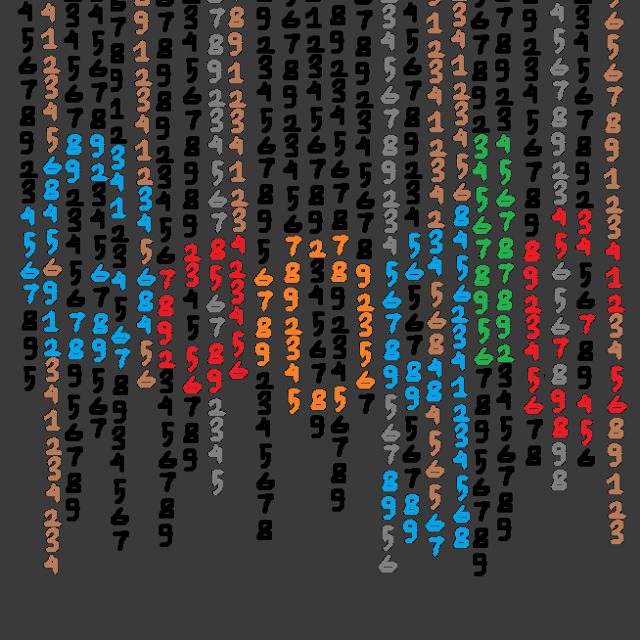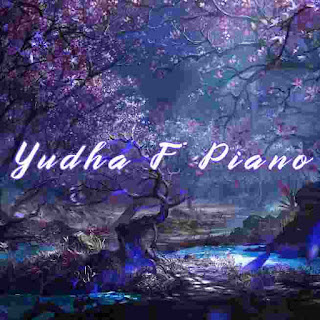Notation Software - Revolutionizing Music Composition in the Digital Age - Blog. No 38
In the past, composing music was an arduous task that involved stacks of sheet paper, ink pens, and countless hours of meticulous notation. Today, thanks to notation software, this process has been transformed into a seamless, intuitive, and highly efficient experience.
Whether you're a professional composer, a music student, or an aspiring songwriter, the right notation software can make a world of difference in bringing your musical ideas to life.
But what exactly is notation software, and why has it become an essential tool for musicians worldwide? In this article, we'll explore the evolution, benefits, top choices, and future trends of music notation software.
Related
The Art of Music Transcribing - Unlocking the Secrets of Sound - Blog No. 31
The Evolution of Digital Audio Workstations (DAW) - Transforming Sound Creation - Blog No. 32
What Is Notation Software?
Notation software is a digital tool that allows musicians to compose, edit, and arrange music using a graphical interface. Instead of manually writing out sheet music, users can input notes, rhythms, and dynamics directly onto a digital score.
Most modern notation programs also offer playback features, allowing composers to hear their music as they write it.
With notation software, musicians can:
Write and edit sheet music with precision
Export scores in various formats (PDF, MIDI, XML, etc.)
Share compositions digitally with collaborators or students
Access a library of instrument sounds for playback
Integrate with MIDI devices and DAWs (Digital Audio Workstations)
The Evolution of Notation Software
The first attempts at digital notation date back to the 1980s, with early programs offering basic note entry and playback features. However, as computing power improved, so did the capabilities of notation software.
By the late 1990s and early 2000s, software like Finale and Sibelius emerged as industry standards, offering professional-level composition tools. These programs enabled composers to create complex scores, transcribe recordings, and print professional-quality sheet music.
Today, cloud-based and AI-powered notation software has taken the industry even further. Applications like MuseScore, Dorico, and Noteflight cater to a broad audience, from hobbyists to professionals, providing intuitive user interfaces, real-time collaboration, and even AI-assisted composition.
Key Benefits of Notation Software
1. Ease of Use & Time Efficiency
Handwritten scores are time-consuming and prone to errors. Notation software eliminates much of the manual work, allowing composers to focus on creativity. Features like copy-pasting, automatic note spacing, and real-time playback help streamline the process.
2. Precision & Professionalism
For musicians who require professionally formatted sheet music, notation software ensures accuracy. Programs like Finale and Dorico adhere to publishing standards, making them ideal for orchestral compositions, film scoring, and professional performance settings.
3. Playback & Sound Libraries
One of the most significant advantages of notation software is the ability to hear your composition instantly. With high-quality sound libraries, composers can preview their music using virtual instruments, helping them refine orchestration and arrangement choices.
4. Collaboration & Digital Sharing
Modern notation tools allow musicians to share compositions digitally, whether via cloud storage, PDFs, or interactive platforms. Noteflight, for example, is widely used in education, enabling teachers and students to collaborate in real time.
5. Integration with Other Music Software
Many notation programs work seamlessly with DAWs like Logic Pro, Ableton Live, and FL Studio, allowing for easy export/import of MIDI files. This makes it easier for composers working in film, TV, or gaming industries to integrate their compositions into larger productions.
Top Notation Software Options
With a variety of programs available, choosing the right notation software depends on your needs and budget. Here are some of the top contenders:
1. Finale
Industry-standard for professionals
Advanced engraving and layout tools
Steep learning curve but powerful features
Best for composers working in film scoring, orchestral music, and professional publishing
2. Sibelius
One of the most popular and user-friendly notation programs
Offers various editions, from beginner to professional levels
Cloud sharing and collaboration features
Ideal for educators and composers who want a balance of power and ease of use
3. Dorico
Developed by former Sibelius developers
Advanced AI-powered notation and playback features
Supports real-time MIDI input
Best for composers seeking a modern and flexible scoring experience
4. MuseScore
Free and open-source
Strong community support
Suitable for beginners, educators, and hobbyists
Features essential notation tools without the hefty price tag
5. Noteflight
Web-based notation software
Ideal for students and educators
Interactive and collaborative composition environment
Works well for small ensembles and songwriting projects
The Future of Notation Software
As technology continues to evolve, so does notation software. The future holds exciting advancements such as:
1. AI-Assisted Composition
AI is already making an impact on the music industry, and notation software is no exception. Some programs now offer AI-generated suggestions for harmony, orchestration, and even rhythm patterns.
2. Enhanced Cloud-Based Collaboration
With remote work and digital collaboration becoming the norm, expect more advanced real-time composition features. Programs like Noteflight and Flat.io are paving the way for seamless cloud-based music creation.
3. Virtual & Augmented Reality Integration
Imagine composing in a virtual space where you can interact with your score in a three-dimensional environment. While still in its infancy, VR and AR technology could redefine how composers engage with music notation.
4. Integration with Machine Learning & Performance Analysis
Future software may analyze a performer’s technique and suggest real-time improvements based on AI-powered music theory analysis.
Related
The Art of Music Mixing - Crafting Sonic Perfection - Blog No. 33
Conclusion: Embrace the Future of Music Composition
From handwritten manuscripts to AI-powered digital notation, the world of music composition has come a long way. Whether you're a seasoned composer or a beginner, there’s a notation software tailored to your needs.
If you haven’t explored notation software yet, now is the time to dive in. Experiment with different programs, find the one that suits your workflow, and unleash your creativity like never before.
What’s your go-to notation software? Let us know in the comments!



Comments
Post a Comment